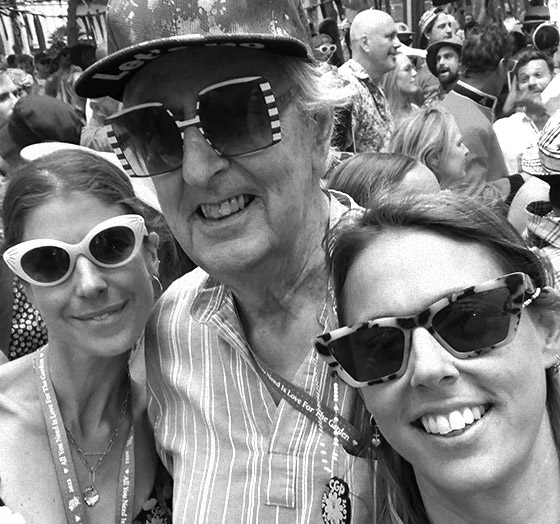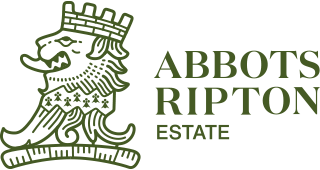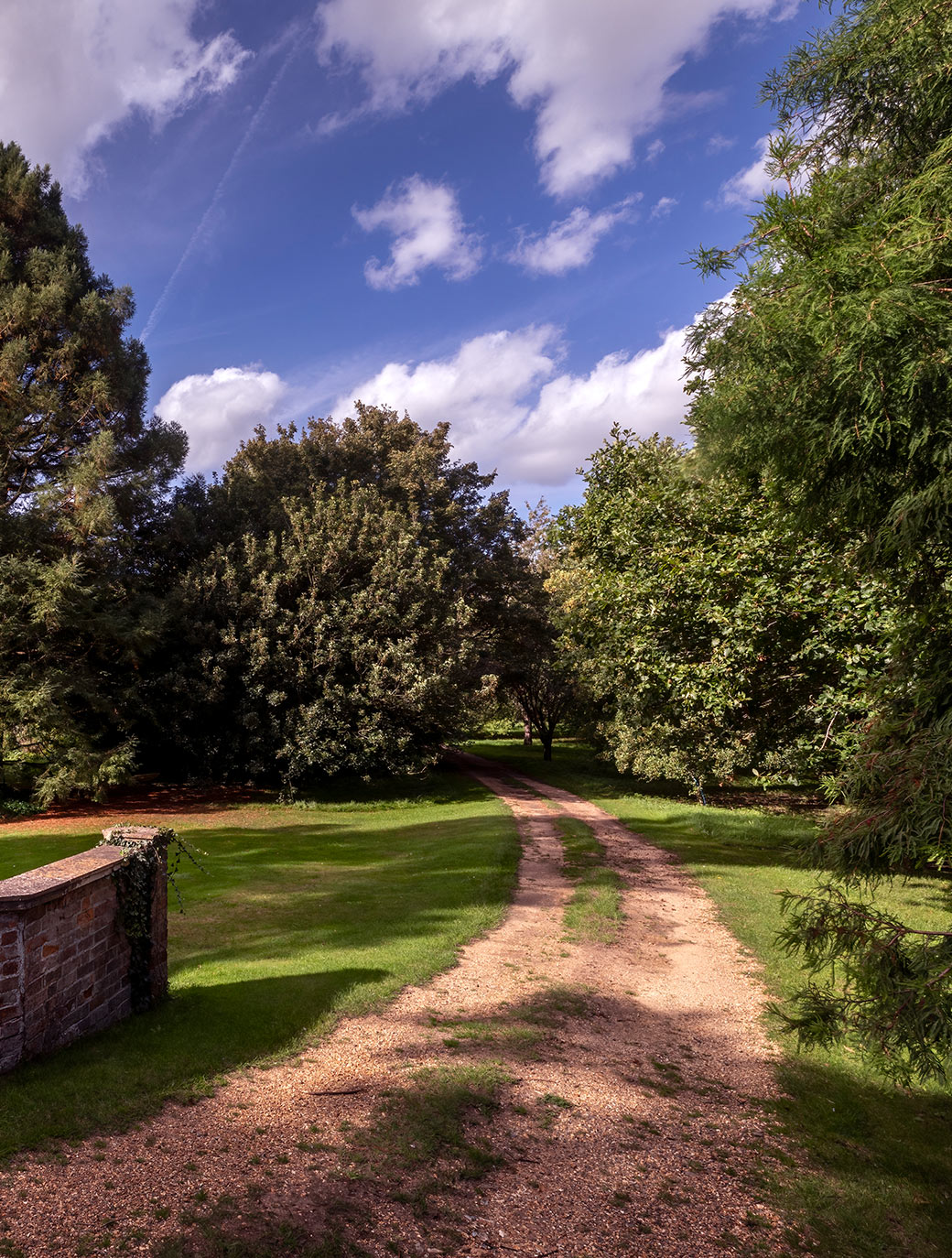
Our History
The village of “Riptune” was recorded in the Domesday Survey of 1086. The word “Riptune” is derived from early Saxon meaning “wood”, “woodland” or “adjacent to woodland”. “Riptune” came within the ownership of Ramsey Abbey which was founded in 969 A.D. and at the time of the Domesday held nearly three quarters of the land in Huntingdonshire. It also recorded the existence of a church and priest though the present building dates from the 12th & 13th centuries. Ripton and Wennington (or Winnington as it was then known) were originally granted to the monastery by Earl Alfwold, brother of Aylwin, the founder of Ramsey Abbey, and they were confirmed in the possessions of the Abbey in King Edgar’s Charter of 974 A.D.
In the 12th century Abbots Ripton became known as Magna Ripton and Riptona Abbatis. Whilst following the dissolution of the monasteries it was known as St. John’s Ripton after the family who became Lords of the Manor. Abbots Ripton was held by the Abbot of Ramsey at the time of the Domesday Book and on the site of the building now known as Abbots Ripton Hall, was a monastery where monks established substantial arable and stock farms and fisheries. However at the Dissolution the timber was of considerable value and reserved to the Crown. Many of the original fields that are farmed today by The Abbots Ripton Estate are identifiable from a 1623 vellum map found under the organ in the church and many use the same names.
Seven generations and 285 years of history

1737
Coulson Fellowes
The eldest son of William Fellowes of Lincoln's Inn London and of Eggesford Devon acquired the site of the former Abbey at Ramsey. Coulson represented Huntingdonshire in the House of Commons between 1741 and 1761.

1769
William Fellowes inherited the estate
William was the Member of Parliament for Sudbury and Andover and was also the High Sheriff for Huntingdonshire in 1779.

1804
William Henry Fellowes inherited the estate
William Henry represented the Borough of Huntingdon in the House of Commons between 1796 and 1806 also the county of Huntingdonshire between 1807 and 1830. He commissioned John Soane to alter and enlarge the family house and its entrance at Ramsey. His widow Emma lived for a further 25 years after his death in 1837 and she endowed the building of the church at Ramsey St. Marys in 1858.

1837
Edward Fellowes inherited the estate
In the same year Edward was returned as the Member of Parliament for Huntingdonshire serving until 1880. Edward further extended the family house in Ramsey, employing the services of Edward Blore,between 1838 and 1841. He helped to finance the building of the churches at Ramsey Forty Foot and at Ponders Bridge and the parsonage and school at Ponders Bridge. Edward was also involved in the restoration of the parish church at Ramsey. Edward was created the 1st Baron De Ramsey in 1887 a title he enjoyed for only one month until his death at the age of 79. The clock tower on the Great Whyte in Ramsey was erected in 1888 as a memorial.

1887
William Henry Fellowes became the 2nd Lord De Ramsey
William Henry served in the Life Guards until his marriage to Lady Rosamund Spencer Churchill. He was the Member of Parliament for Huntingdonshire between 1880 and 1885 and for North Huntingdonshire between 1885 and 1887. He served as vice chairman of the Huntingdonshire County Council and he sold land to the County Council for the smallholder scheme. He was also chairman of the Middle Level Commissioners and of the County Conservative Association. In 1914 William Henry was in Germany with his son consulting an eye specialist. He was interned for 15 months and his son was held for the duration of the war. William Henry eventually lost his sight. William Henry provided The Reading and Billiard Rooms for the town of Ramsey in 1892 and The Games Room in 1908. He was also responsible for the addition of the Vestry to the parish church in 1910. The 2nd Lord De Ramsey died in 1925 five years after the death of his wife. Captain Coulson Churchill Fellowes, the heir to the title died on active service in 1915.

1926
Ailwyn Edward Fellowes (son of Captain Coulson Churchill Fellowes) became the 3rd Lord De Ramsey
Ailwyn Edward inherited the title at the age of fifteen. At the time of his coming of age in 1931 the trustees of the estate decided to vacate the Abbey residence in Ramsey and made Abbots Ripton Hall the family seat. In 1937 Diana Broughton, the daughter of Captain Coulson Fellowes, leased the Abbey to the Governors of the Ramsey Grammar School for 99 years. Diana died in the same year and in her memory Major Henry Rogers Broughton gifted the Abbey Gate House to the National Trust in 1952. The 3rd Lord De Ramsey served in the Hertfordshire Yeomanry. He was captured in Singapore in 1941 and imprisoned for 3 years. His service to agriculture was acknowledged by the award of K.B.E and in 1974 he was also the recipient of the Gold Medal of the Royal Agricultural Society.

1993
John Ailwyn Fellowes becomes the 4th and current Lord De Ramsey
He lives with his family at Abbots Ripton Hall. He has maintained the Fellowes interest in the countryside, serving on local and national bodies associated with agriculture, drainage, plant science and the Environment. He was the first Chairman of the Environment Agency of England and Wales. He was awarded the Honorary Degree of Doctor of Science by Cranfield University, and is currently the President of the Royal Agricultural Society of England.
Committed to managing and preserving the landscape for future generations
John Ailwyn Fellowes became the 4th and current Lord De Ramsey in 1993. He lives with his family at Abbots Ripton Hall and maintains his interest in the countryside, serving on local and national bodies associated with agriculture, drainage, plant science and the environment.
He was the first Chairman of the Environment Agency of England and Wales and was awarded the Honorary degree of Doctor of Science by Cranfield University. Lord De Ramsey has also undertaken the role of President of the Royal Agricultural Society of England. Lord and Lady De Ramsey continue with work in the Hall gardens, improving borders, re-planting areas and adding new plants to the ever-growing collection, commissioning new hard features and maintaining the follies.
They have also started a fine collection of red-list and unusual oak trees. Acorns from over 60 trees have been collected from around the world, propagated and planted out in the garden and parkland.
Follow the paths through a tranquil haven of fine old trees, imaginatively planted borders and charming follies
The present Lord De Ramsey’s father moved into the hall in 1937 and after the War started to make major changes and restorations to the garden which had been laid out in the 1880's by Alfred Parsons. The delightful garden that we see today was (originally) designed by Humphrey Waterfield who had a wonderful garden near Menton in the South of France. Together with Lady De Ramsey, they set about changing the garden and from a good basic framework added borders, roses and mixed plantings numbering some 1600 species.
The Hall gardens cover an area of 8.5 acres (3.4 hectares) surrounded by managed parkland and a 5 acre (2 hectare) lake which was added in 1974. There are many fine old trees, large lawns, shrub rose, herbaceous and grey borders, a bog garden as well as mixed borders. There are also six follies designed by the architect Peter Foster who was (also) responsible for the maintenance of the fabric of Westminster Abbey. His designs in the Hall gardens include a gothic trellis in the herbaceous border and the Constable pavilion at the end of the lake.
The present Lord and Lady De Ramsey are carrying on with this work, adding new plants, commissioning new hard features such as the Foster sundial and maintaining the follies. They have also started a fine collection of red-list and unusual oak trees. Acorns from over 60 trees have been collected from around the world, propagated and then planted out in the garden and parkland.
Near to the house are large close-mown lawns and two huge London planes. Across the lawn are mixed white borders, shaded borders and a circular old-fashioned shrub-rose border. Many roses survive from the original planting although a regular replacement scheme is in practice. In this area there are also fine tree specimens including a Dawn Redwood (Metasequoia glyptostroboides) as well as the bog garden. The river or ‘Bury Brook’ cuts the garden into two halves and is crossed by four bridges.
Two old oak trees dated to around 1600 stand guard by the thatched summer house by the tennis court next to an old orchard underplanted with spring bulbs. This area also contains a young Wollemi pine, common in Australia 150 million years ago. Wollemia is a genus of coniferous tree in the family Araucariaceae and was only known through fossil records until the Australian species Wollemia nobilis was discovered in 1994, some 90 miles north-west of Sydney. Following the mown paths leads to the tennis lawn now planted with some of Lord De Ramsey’s father’s favourite trees and the first planting of the oak collection. In the corner there is a Japanese Chichibu birch (Betula Chichibuensis) one of the world’s rarest trees.
A pair of gates designed by George Carter lead to the herbaceous border which is backed by clipped yew cylinders interplanted with Philadelphus coronarious aureus. The double border is 150 yards long with planting on a cottage garden theme with many unusual herbaceous plants. A path leads to a rose arch walk with about fifty different roses tied and clipped to the hoops and swags of a Victorian iron frame. An old red brick boundary wall is the backdrop for a grey border of mainly rather tender Mediterranean plants - here the garden’s boulder clay was replaced with a free draining gravel rich soil. At the end, there is an (old) monastic eel pond filled with water lilies and an old orchard with an apple tree festooned with a hundred year old climbing rose Rosa bruonii - its enormous trunk almost as big as its host. The Chinoiserie bridge leads back to the house and main lawn.
Venture into beautiful landscape and fascinating history
Discover pretty villages, medieval market towns, fine country houses and miles of lush, marshy fenland. Our rich farmland produces bountiful crops and the region’s excellent restaurants, pubs and farmers markets showcase this produce at its very best.
Explore Cambridge, visit the outstanding Imperial War Museum at Duxford or wander around the extensive grounds of magnificent Wimpole Hall. Our unique region has so much to offer.

This extraordinary university town exudes history and tradition
Explore the ancient colleges, go punting on the River Cam or take a wander along the picturesque riverside ‘Backs’. Delve into the world-class collection of art and antiquities at the Fitzwilliam Museum and discover Kettles Yard, one of the country’s finest galleries for 20th century and contemporary art. You are sure to be enchanted by the sublime choir of Kings College where you can hear Evensong on most days during term time.
For shopping Cambridge has it all, from some of the finest independent boutiques, a daily market and all the high street brands you might expect. With historic pubs and Michelin starred restaurants the city also caters to every gastronomic taste.

Step back in time at Europe’s largest air museum
Serving as a base for many of the Spitfire and Hurricane pilots during the Second World War IWM Duxford played a central role in some of the most dramatic days in 20th century history.
Walk through the hangars and exhibitions where you can get up close to hundreds of gigantic aircraft, vehicles and boats and uncover personal stories of the many lives impacted by personal conflict. You may even get the chance to see aircraft taking off from the historic airfield where Spitfires first flew.

Ely Cathedral is one of the jewels of East Anglia
Rising above the Cambridgeshire Fens, Ely is a quintessentially English city which is also compact enough to explore on foot. Ely cathedral is widely acknowledged as one of the wonders of the medieval world and has gained global recognition as a prominent film and TV location appearing in The King’s Speech and The Crown.
Ely market has been at the heart of the community for over 800 years. There are three main markets every week and a Farmers Market every 2nd and 4th Saturday of the month.

Rich history and an impressive architectural pedigree
Step inside Wimpole Hall and discover how the many different owners have left their mark on the architecture and lavish interiors of this impressive 17th century mansion which lies at the heart of the estate.
The acres of ancient landscape parkland are criss-crossed with miles of trails and walks and the vibrant walled kitchen garden with its geometric parterre and superb planting is also a delightful spot for a wander. You can also visit the working farm which is home to rare breeds of pigs, sheep and cows.
















